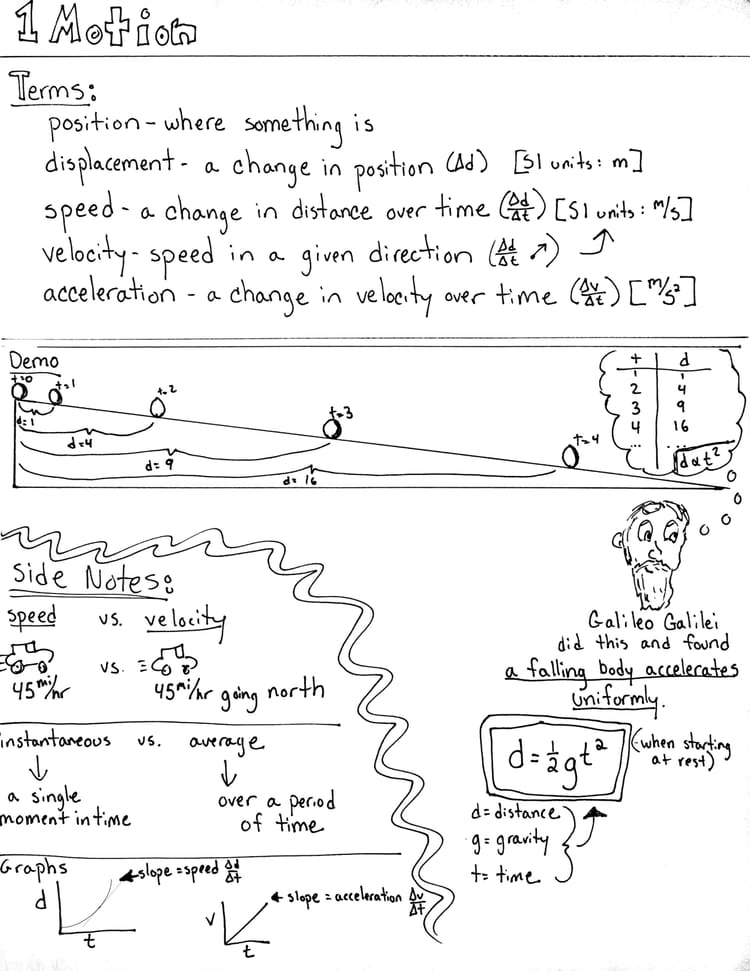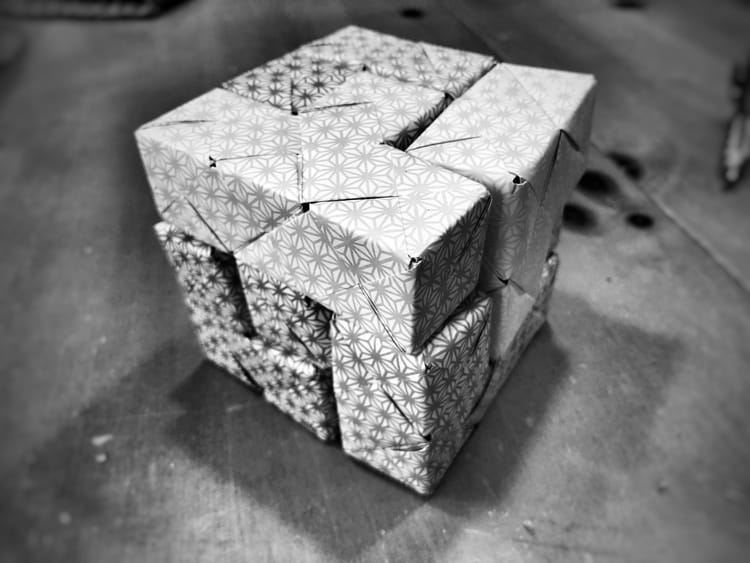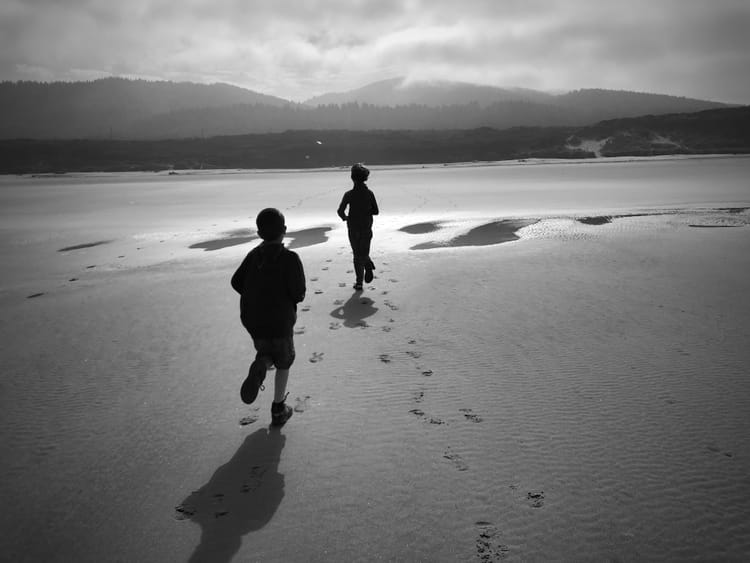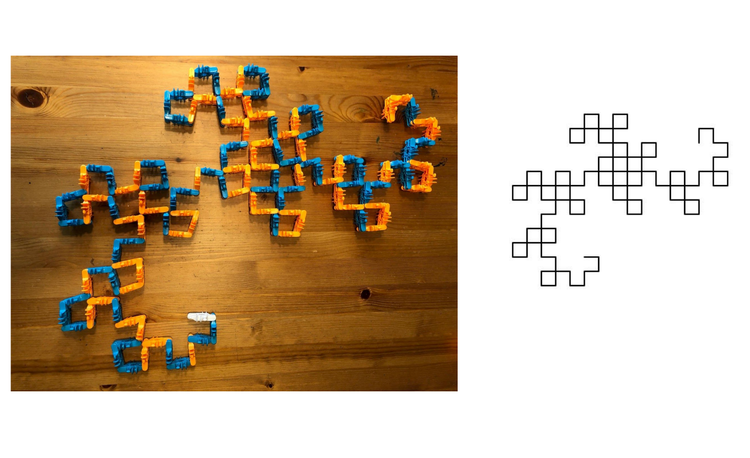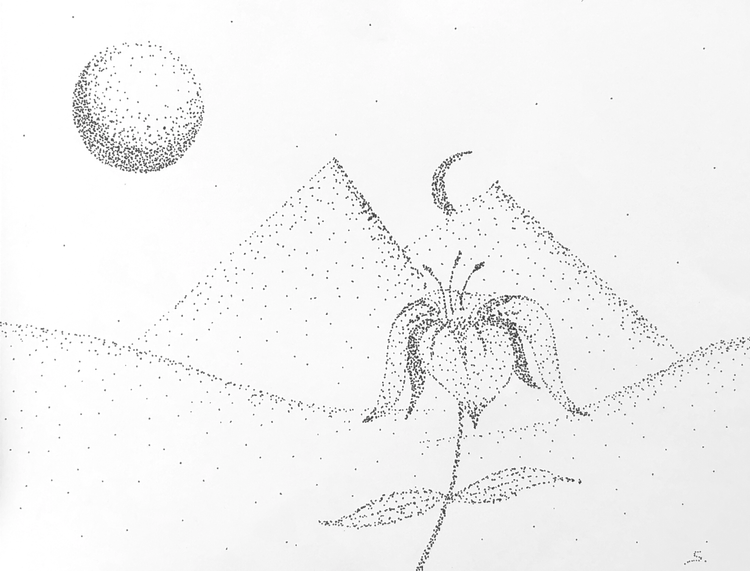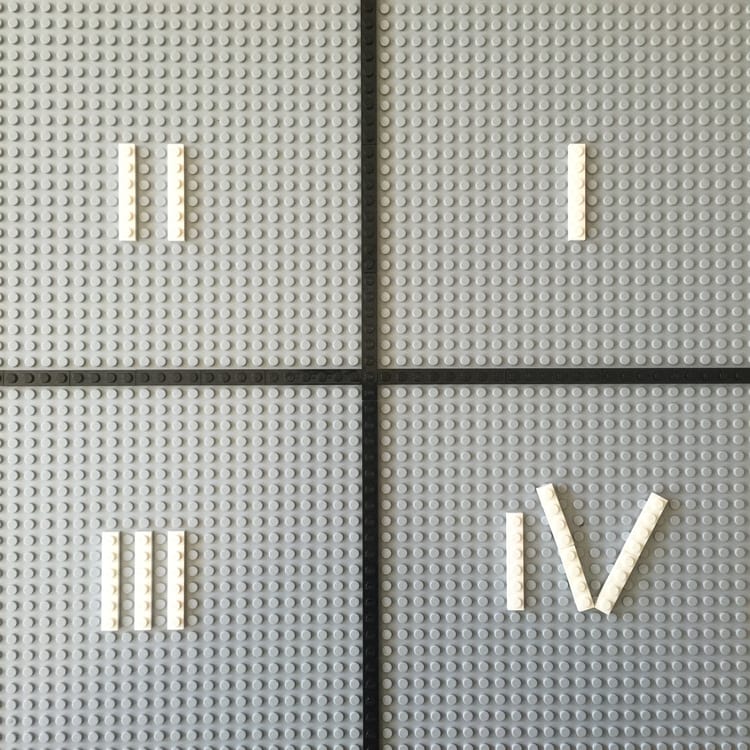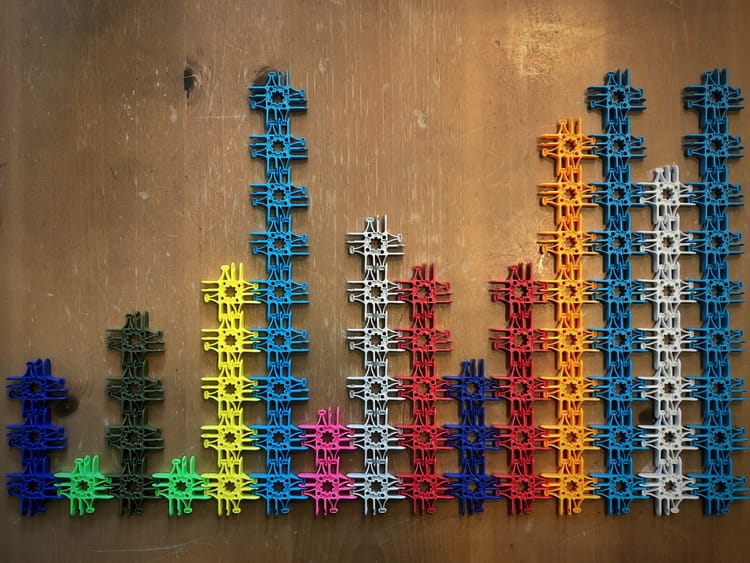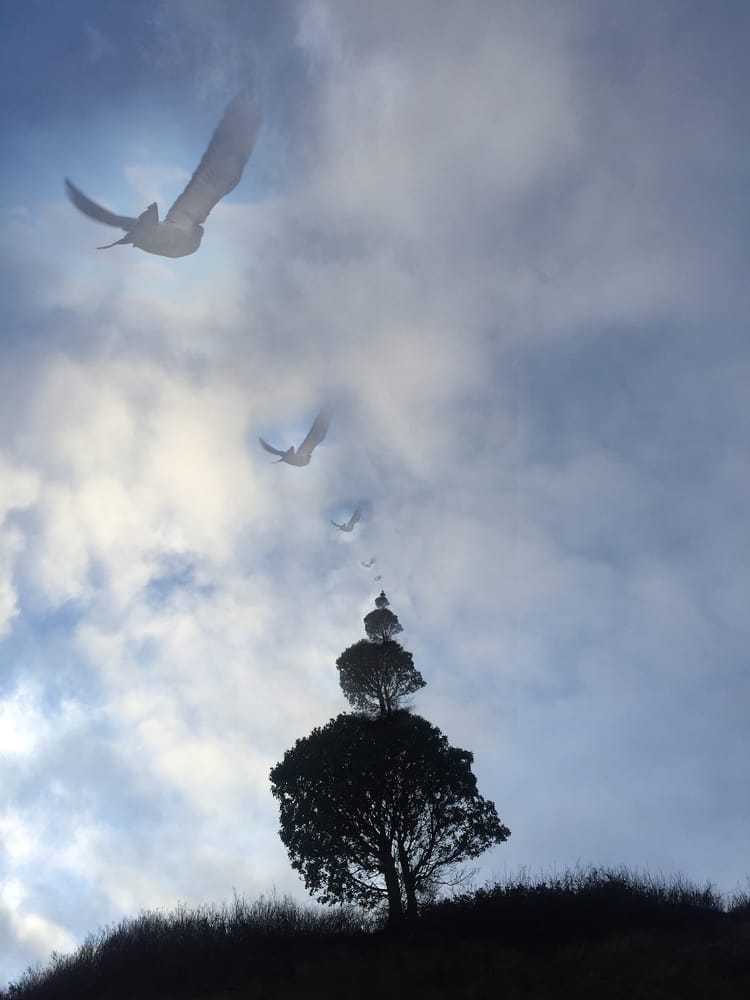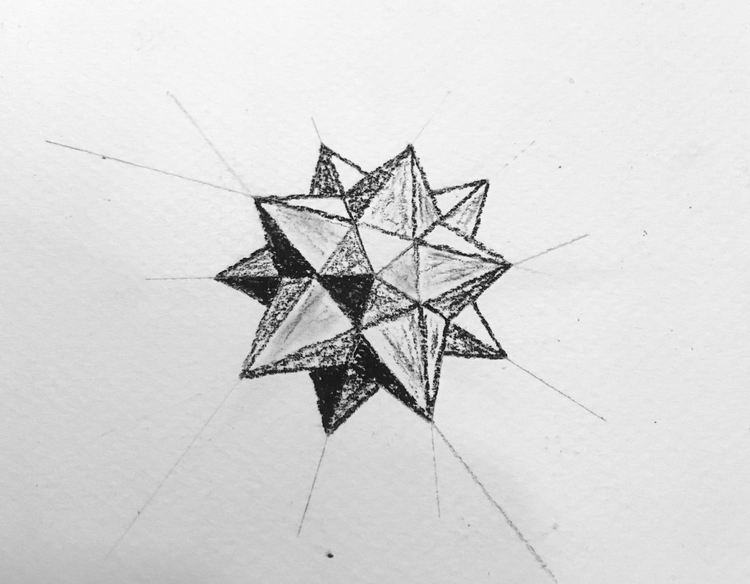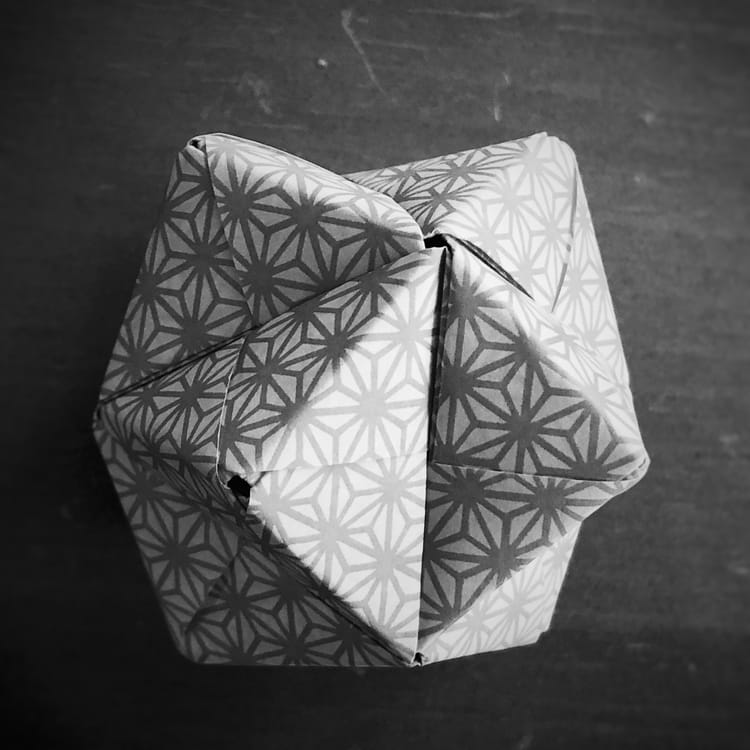Week 12: Galileo and Gravity
This week we are going to take a look at applied math. Learners will be given a ramp (this can be a ruler), a ball that fits on the ramp, measurement device (ruler) and a timer. With these instruments learners can investigate the relationship between distance and time as the ball rolls down the ramp
Week 11: Soma Cubes
I love Martin Gardner’s work and books that brought math to so many people in a fun and engaging way. One of the topics he covered was Soma Cubes. This week learners can create and play with this wonderful seven piece puzzle that was invented by Mr. Piet Hein during a lecture on physics. I […]
Week 10: Power of Two Tag
Tag is a great way to get moving, and it isn’t just for kids. I have had my highschool groups play with just as much zeal as the 5 year olds. For this week I encourage learners to create outdoor tag games that incorporate a mathematical concept. Here is an example using the power of […]
Week 9: Dragon Curve
The Dragon Curve is a fractal that is well explained in this numberphile video. This week learners can create a dragon curve with a strip of paper, Lux Blox, Python programing, Legos or toothpicks. Paper: For paper, I would suggest using a strip of thin paper. Thicker paper doesn’t produce as many f
Week 8: Density Through Pointillism
This week we are going to look at density in a two-dimensional sense. The idea is to create two dimensional images using various densities of points. The medium and approach can vary for the classroom. Some ideas are: Sand art on a stick surface using different densities of sand (try light colored s
Week 7: Cartesian Coordinates
This week learners can get hands on with plotting. I encourage learners to investigate the history behind the Cartesian Coordinates (it’s interesting – I was just reading about it in Infinite Powers by Steven Strogatz). The idea is to plot with D&D figures, chalk, legos, or watercolors. Make art out
Week 6: Randomness using pi
This week learners will create a work of art using pi. The goal here is not to understand pi, but to play with randomness. We will dive into the ratio of circumference and diameter on another week. Pi’s decimals go on forever and without pattern. Here are some ideas to play with that randomness: Bui
Week 5: Tell a Tale (or comic)
No matter what grade/age, stories are fun. This week I encourage learners to read and write math stories. Take a concept and illustrate it through the art of story. Write comics, picture stories, murder mysteries, fantasies, plays, etc. Students can act their story out, create a stop animation, or i
Week 4: Polyhedra Study
Leonardo da Vinci was an amazing mathematician, inventor and artist. His sketches in The Divine Proportion are a wonderful collection to study. Spacial awareness and being able to draw what we see is a skill that can be mastered through practice. This week, I encourage learners to sketch polyhedra f
Week 3: Sonobe Octahedron
Octahedrons are such a fun shape. This week we are going to learn an important fold in origami that can be used to make so many mathematical shapes, puzzles and works of art. We are going to learn Sonobe. Below is a video of how to create the basic fold and then assemble the octahedron. […]
